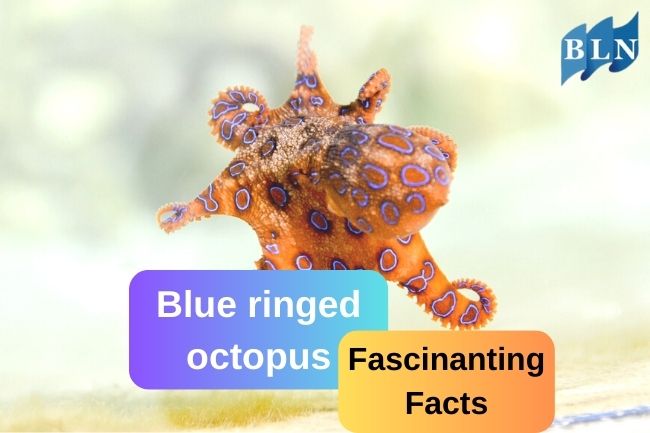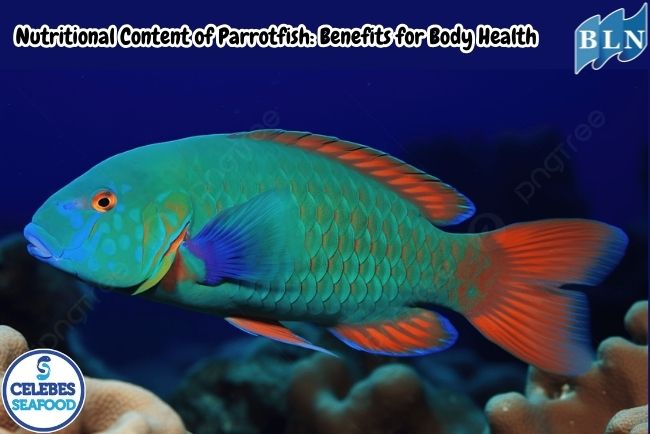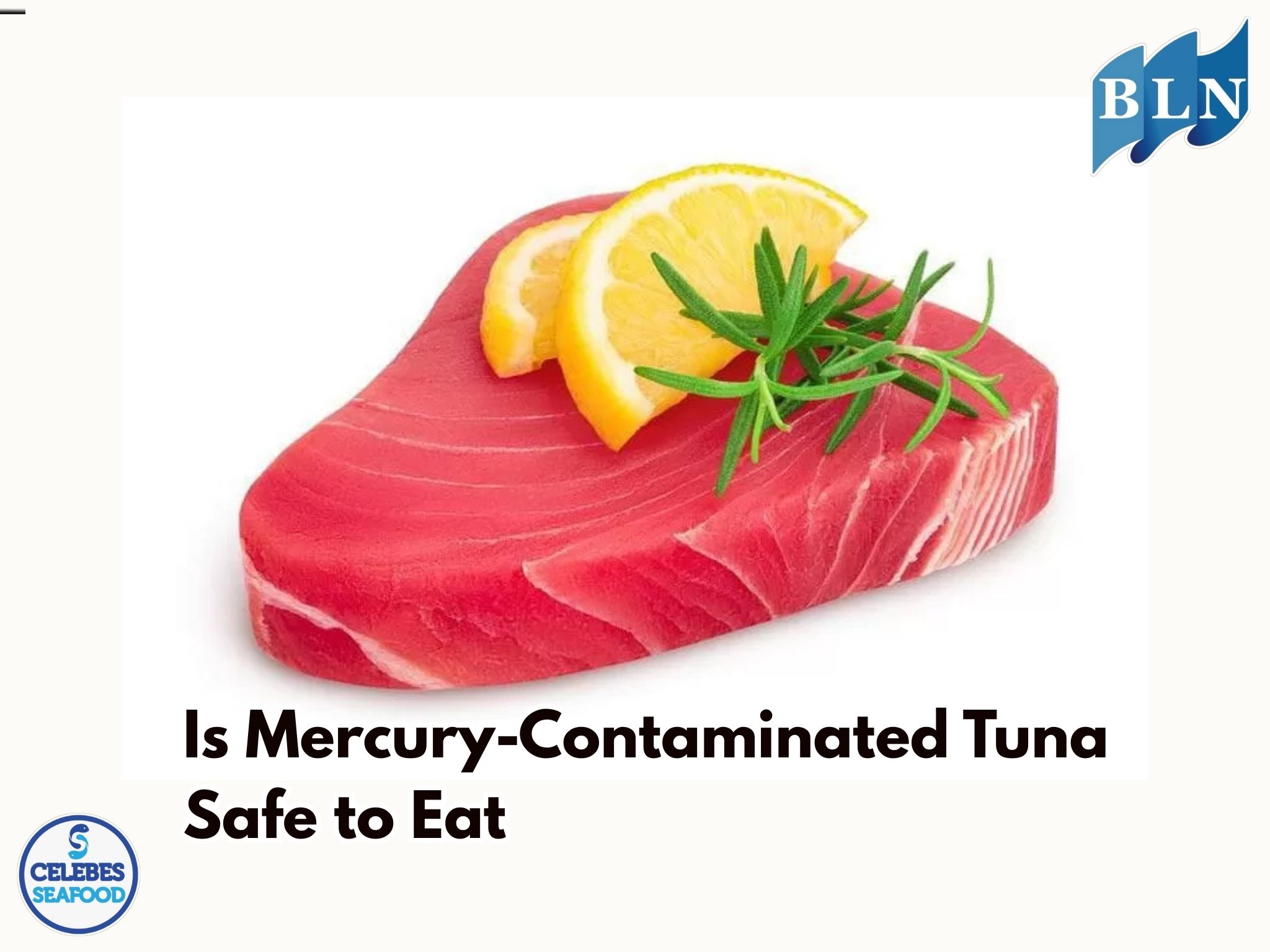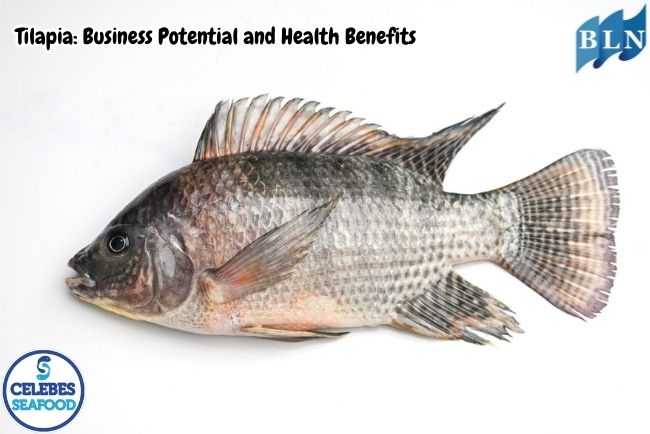5 Fascinating Facts of Blue-Ringed Octopus
By. Nevanda - 17 Mar 2023
lautnusantara.com - The blue-ringed octopus belong to the genus of Hapalochlaena which include four extremely venomous species of octopus. They can be found in tide pools and coral reefs in the Pacific and Indian Ocean, distributed from Japan to Australia. They can be identified by their yellowish skin and unique bright blue rings all over their body. The rings can change color dramatically when the animals is threatened. They feed on small crustacean like crabs and shrimp, also other small marine animals.
Here are some facts about this unique marine creature:
1. They are lethal enough to kill 26 people
Blue-ringed octopus known as the only octopus that is poisonous to humans. Most common blue-ringed octopi carry enough poison that can kill 26 people, all in short period of time just within a few minutes. They inject their venom by a relatively painless bite, and will leave two small puncture wounds
2. One of the most aggressive species of octopus
They willing to fight with other Octopus in the area to be able to keep their food and shelter to themselves
Read also: Black Pomfret Habit and Appearance
3. They have two types of venom
The blue-ringed octopus is known to have two different types of venom in their saliva. One of the venoms is used to kill their prey, whilst the other is used as defence mechanism. They primarily feeding on small crustaceans during the night, the octopus will wait until the venom has spread throughout their prey’s body before consuming it
4. They have short life span
These animals have a short life span of only about 2 years. During the reproductive process, both the male and the female die. The male dies soon after mating, while the females will die because of starvation for guarding their eggs
5. The rings aren’t always visible
When they are at rest, their rings are often not visible or are very faint. The rings will become bright blue and clearly visible especially when they feels threatened
Read also: Milk Sharks’s Taxonomy






.jpg)

